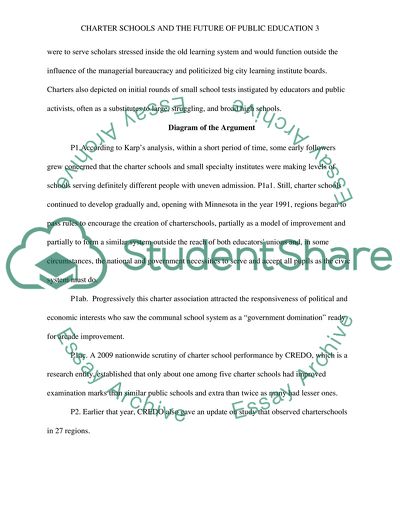Cite this document
(“Charter Schools and the Future of Public Education Book Report/Review - 1”, n.d.)
Charter Schools and the Future of Public Education Book Report/Review - 1. Retrieved from https://studentshare.org/education/1839080-analytic-essay
Charter Schools and the Future of Public Education Book Report/Review - 1. Retrieved from https://studentshare.org/education/1839080-analytic-essay
(Charter Schools and the Future of Public Education Book Report/Review - 1)
Charter Schools and the Future of Public Education Book Report/Review - 1. https://studentshare.org/education/1839080-analytic-essay.
Charter Schools and the Future of Public Education Book Report/Review - 1. https://studentshare.org/education/1839080-analytic-essay.
“Charter Schools and the Future of Public Education Book Report/Review - 1”, n.d. https://studentshare.org/education/1839080-analytic-essay.


